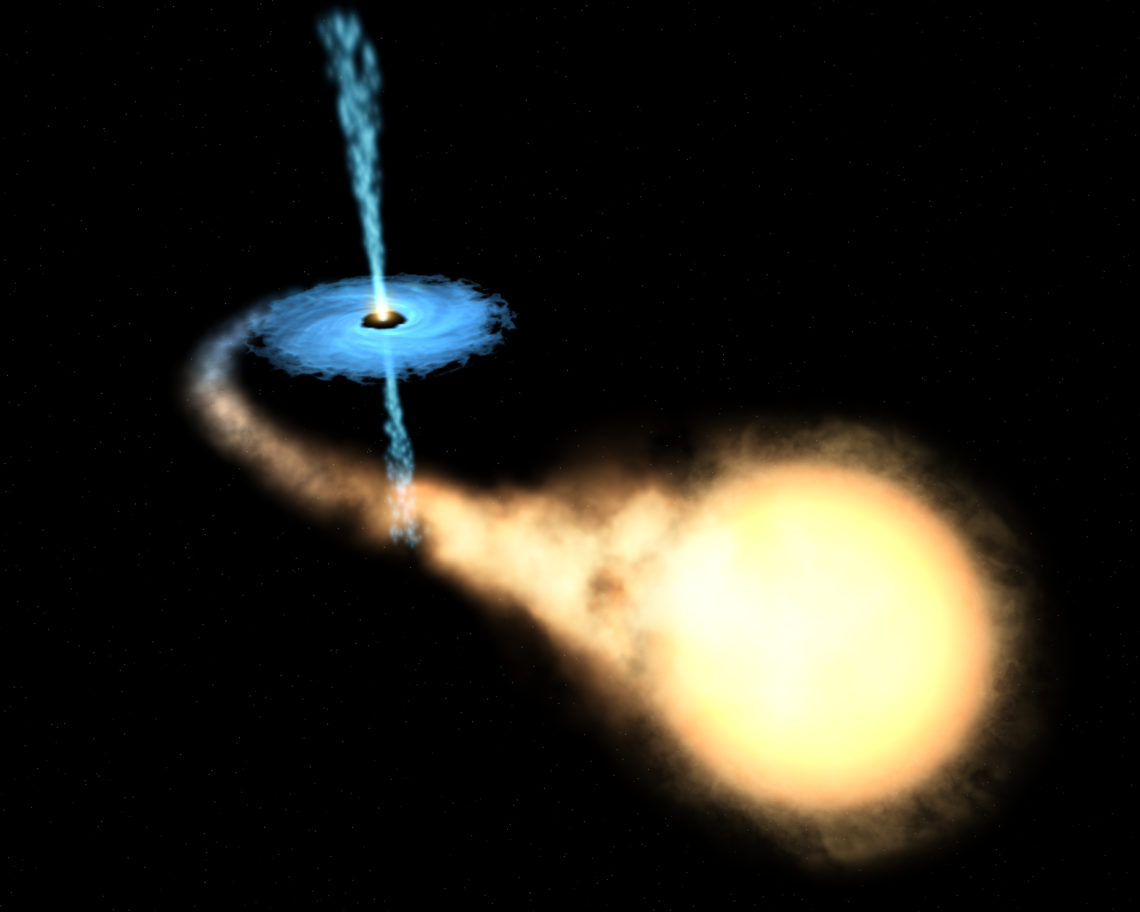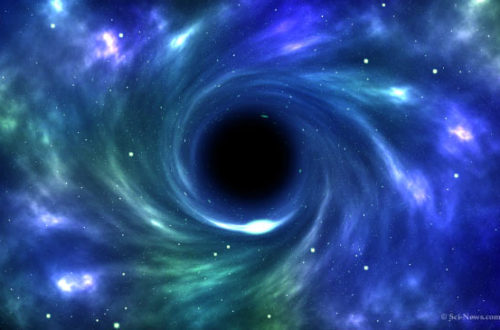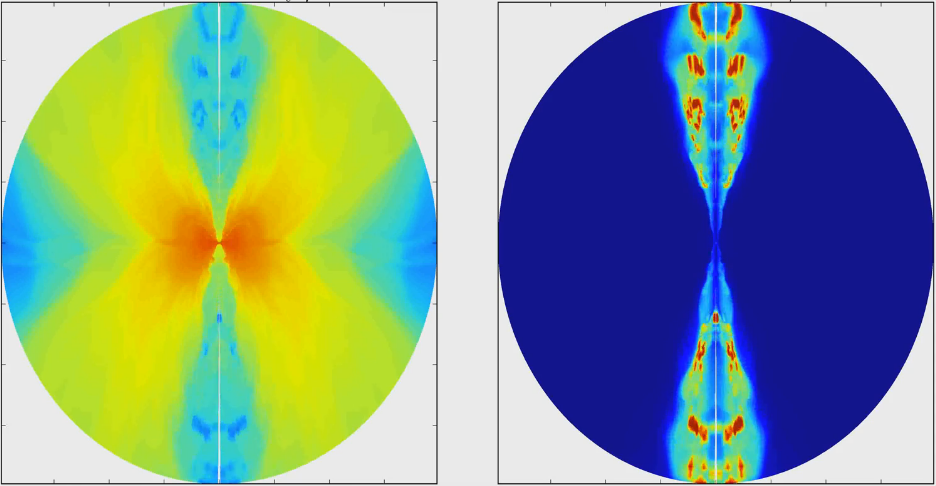For over a century, scientists have been detecting elementary particles of extraterrestrial origin, known as cosmic rays. These particles carry energy that sometimes exceeds their rest mass by a million times. The mechanism behind this energization and the environmental properties capable of such a process remains unclear.
Among these cosmic rays, the dominant population is that of protons. These protons carry energy up to a million times their rest mass (i.e., up to 106 GeV, where ~1GeV is the energy carried by protons at rest), and very likely they originate in our Milky Way.
Despite decades of research, the source of cosmic rays remains unclear because, while cosmic rays propagate in the interstellar medium (namely the material that exists in the galaxies), they are deflected by the background magnetic fields. In other words, cosmic rays do not travel in straight lines, making it impossible to trace back their sources.
We can nevertheless investigate the origin of cosmic rays indirectly by studying their electromagnetic radiation. In particular, when protons accelerate to high energy, they may interact with the interstellar medium and/or the surrounding photons to give rise to secondary particles that decay to – among others – gamma-ray photons. These gamma rays carry energy of the order of GeV to TeV and cross the interstellar medium to hit our detectors.
Such detectors are the Cherenkov telescopes of the Cherenkov Telescope Array (CTA), which is a global consortium of hundreds of people and tens of institutes/universities. One of the primary goals of CTA is to unravel the mystery of the source of cosmic rays by investigating the gamma-ray counterpart.
To that end, in a recent publication, we investigated whether stellar-mass black holes of X-ray binaries are capable of accelerating cosmic-ray protons and electrons that will eventually produce gamma-ray radiation. In particular, we examined whether the jets launched by such black holes can accelerate cosmic-ray particles to sufficiently high energy such that they shine in gamma rays.
To better understand the conditions of the relativistic jets of black-hole X-ray binaries, we examined the study case of GX339-4. This particular source is a well-studied X-ray binary that is located at 8 kpc far away from Earth. GX339-4 performed an outburst back in 2010 that produced electromagnetic radiation that covered the majority of the spectrum, from radio to X-rays. Based on these observations, we found that the jets can indeed accelerate particles to high energy.

Having constrained the dynamical quantities of the jets, we proceeded to predict the gamma-ray emission from GX339-4. We, unfortunately, found that this particular source cannot produce strong gamma-ray flux to be detected by CTA, even in an optimistic scenario where we assumed that the protons accelerate in a hard power-law in energies.
This discovery made us (or at least made me) a bit sad, but when we rescaled the predicted flux of GX339-4 to some smaller distance, e.g., 3 kpc from Earth, we found that CTA will be able to detect such an emission. Thus, with CTA we will likely be able to detect gamma-ray flux from sources at these smaller distances in the upcoming future. In fact, current TeV gamma-ray facilities usually require tens or hundreds of hours to detect an astrophysical source, but CTA will be able to detect such a source within even one hour!

To sum up, I am really looking forward to and hoping for the day when CTA will announce the first results of a gamma-ray detection from the jets of a Galactic black hole!




